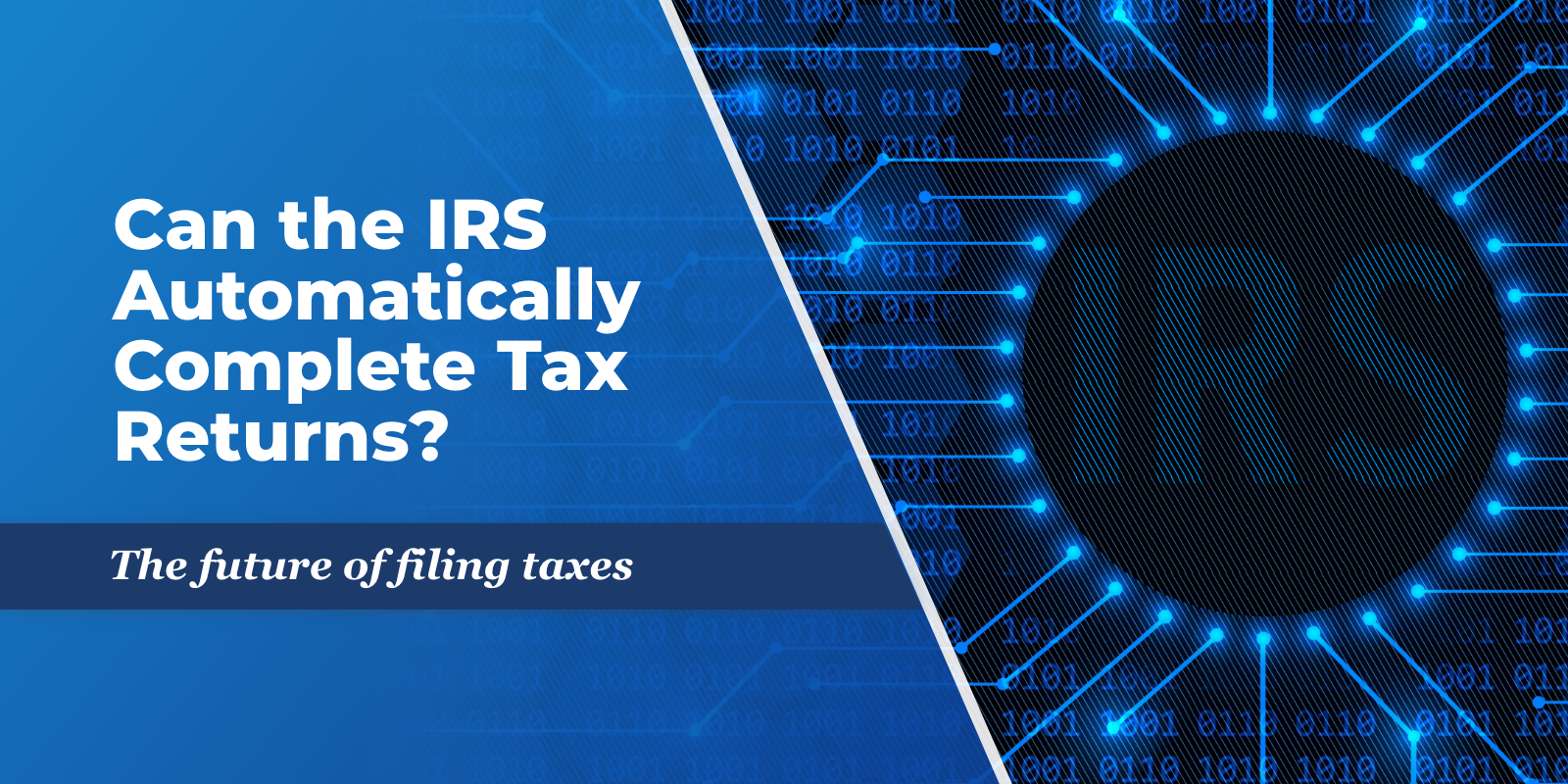
Years ago, a study showed that the IRS may might be able to complete nearly half of the nation’s tax returns automatically. The study was conducted by researchers from the U.S. Department of the Treasury, Minneapolis Federal Reserve and Dartmouth College. Random samples of 344,400 individual tax returns from 2019 were used in this study. The results show that the accuracy is higher for low- and moderate-income taxpayers. However, itemized deductions were more likely to have errors. The final impression was that an estimated 62 to 73 million pre-populated tax returns can be correctly auto filled with information that the IRS previously collected. Now, with the IRS rolling out their free direct filing system, the topic of pre-populated returns has resurfaced. In this article, we’ll explain the concept of pre-populated tax returns and which taxpayers would find this useful.
What are pre-populated tax returns?
Pre-populated tax returns refer to tax forms that are partially or fully completed by tax authorities or other relevant entities before being sent to taxpayers for review and submission. Among the information that will be pre-populated is income, deductions, and tax credits. The idea behind pre-populated tax returns is to simplify the tax filing process, reduce errors, and make it more convenient for taxpayers.
What would automatic filing mean for the U.S.?
Automatic filing would allow your taxes to be filed without you preparing a return. Many other countries achieved return-free filing, but under certain circumstances. For example, exact withholding is typically used. Exact withholding refers to the accurate and precise amount of money that is withheld from an individual’s paycheck to closely match the individual’s anticipated tax liability. To achieve this, employers take into account the individual’s income, filing status, dependents, and additional withholding. In addition, other countries have been able to successfully auto-fill returns by using tax agency reconciliation. This process requires the taxpayer, approving to approve their tentative pre-filled return.
What are the benefits of automatic, pre-filled tax returns?
Pre-filled tax returns would allow more people to file. Non-filers would claim refunds or pay due taxes with automatic filing. Automated returns also have the potential to save taxpayers time and money, which is the point this research suggests. There are billions of dollars in tax refunds, waiting to be claimed by people who can’t afford to file, or may be missing a document to file.
What are the potential risks of automatic, pre-filled tax returns?
The IRS would rely on third-party information returns to pre-fill returns. That said, the current due date of January 31 for these tax forms might not leave a sufficient amount of time to complete all tax returns by the April 15 deadline. Another potential issue with this system is ensuring the proper filing status is selected for taxpayers. This small selection can make the largest difference in an individual’s tax refund or liability. Of course, the IRS will always want to ensure that taxpayer compliance is a priority with any new system.
Need Tax Help? Call Optima Tax Relief
Pre-populated tax returns aim to streamline the tax filing process, saving taxpayers time and effort. Advocates argue that pre-populated tax returns can improve compliance, reduce errors, and simplify the tax-filing experience. Critics, on the other hand, raise concerns about data accuracy, privacy, and the potential for taxpayers to overlook errors in the pre-filled information. However, it is still too early to determine if the IRS will test pre-populated returns. In the meantime, Optima Tax Relief is the nation’s leading tax resolution firm with over a decade of experience helping taxpayers with tough tax situations.
If You Need Tax Help, Contact Us Today for a Free Consultation